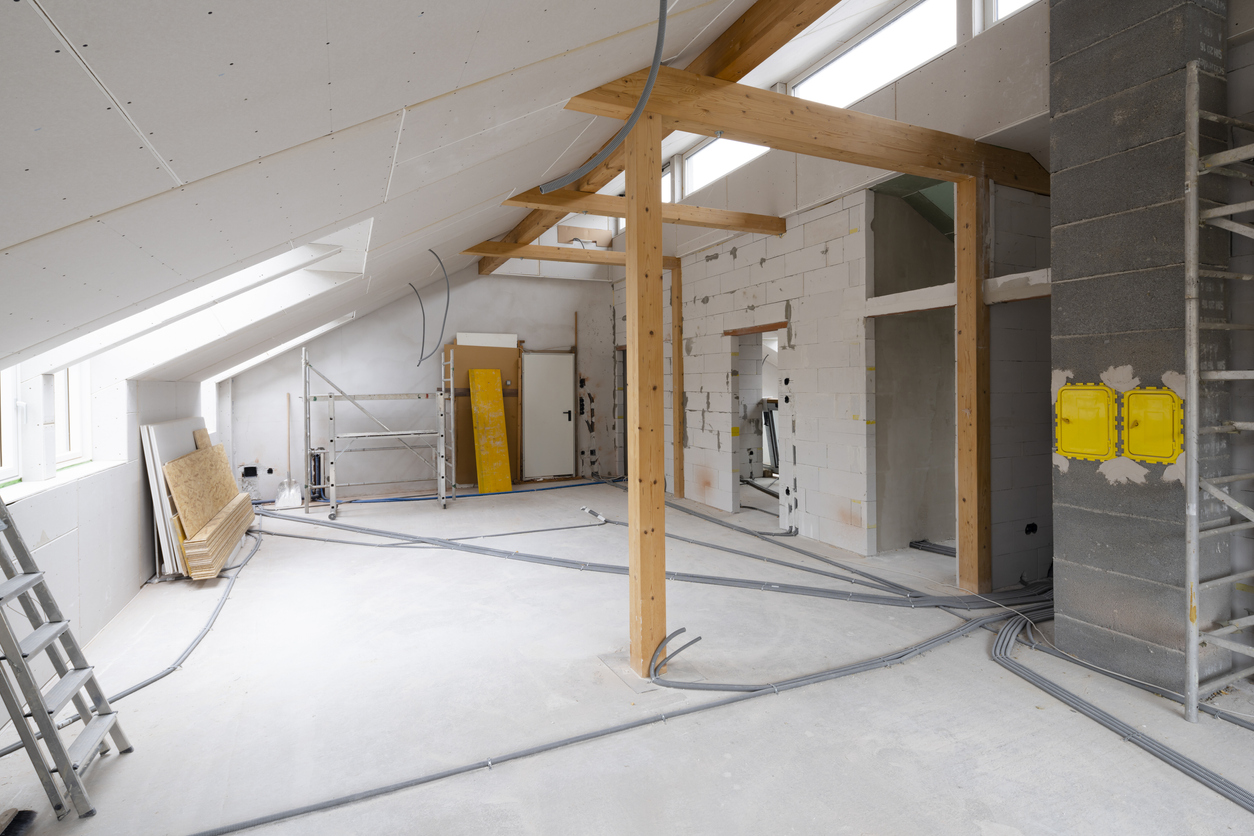
Do you want to know more about Design and Construction of Zero Energy Buildings?
Over the past few decades, climate change and global warming have become increasingly urgent problems. Commercial and residential buildings both contribute significantly to global energy demands. As needs for convenience and entertainment grow, so does the annual increase in building energy usage. This is why we want to talk about Zero Energy Buildings.
Windows, wall constructions, and building orientation are only some of the many climatic aspects that influence the energy required to cool and heat a building. There is a major impact on global energy and water consumption from construction, operation, and maintenance.
As the importance of reducing energy costs to owners and architects rises, so does the attention paid to the thermal effect of and by the building"s envelope. As the title suggests, this article will focus on the principles and architectural applications for Zero Energy Buildings. Let"s check out how to learn what "net-zero" structures are.
.jpg)
Concept and Requirement
The depletion of fuel reserves in recent decades has driven up costs. Climate change worries have peaked. Better energy utilization can reduce emissions and solve many other issues, including welfare, health, and pollution.
The rapid depletion of Earth"s final fossil fuel has slowed climate change over the past 200 years. Finding new fossil fuel sources has grown more challenging as the size of previously identified reserves has shrunk, and they were discovered sooner.
Several factors, including increasing energy usage and emission rates, cause rising temperatures. The rising issues have a long list of thought-provoking queries for designers to examine and act upon to offer their creativity to the developing worries of the environment. Thus, a Net-zero building has emerged as one possible solution.
To qualify as a Net zero Energy structure, a building"s annual energy needs must be met entirely by renewable sources. The building contributes to greater sustainability and has the potential to lessen human influence on the environment thanks to its high energy performance and low energy requirement, which is met by renewable sources from the sources produced on-site or nearby.
The Net-Zero Concept: Principles and Application
Building orientation, exposure, shading, lighting system, temperature, heat island reduction, natural resources, humidity, landscaping, and overall system efficiency are just a few of the many methods and tools that can be used to maximize the Net-zero idea. Good net-zero energy building design relies mostly on three tenets:
Security Procedures for Buildings
Overhangs and shades should be included in the building"s design to reduce the energy used for air conditioning and heating. Increase A building"s double-skin façade and envelope should be customized to the local climate, and low solar heat gain coefficient values should be encouraged.
Methods for Reducing Energy Waste
Energy-saving systems must be properly sized for the building. To do this, we can use extrinsic factors to motivate the model"s design and prediction of needs. Occupancy sensors, dual-circuit task lighting, and daylight dimming sensors are a few examples of high-efficiency lighting and control systems that should be considered.
Heat recovery chillers, underfloor air distribution systems, high-efficiency chillers, thermal storage utilizing phase change materials, passive cooling methods, natural ventilation, and integrated heating and power can optimize HVAC loads.
Methods to Use Renewable Energy
Utilizing the methods above to increase energy efficiency to their fullest potential. Designers must start with these two steps and optimize their design to lower the energy requirement needed in this stage before moving on to the more expensive renewable energy solutions.
Solar energy can supply hot water, power, and energy storage. Other sources include wind and biomass. Rooftop solar collectors can warm water by warming a fluid. Wind power can create cheap electricity if the wind is consistent and blows over 10 mph. Burning biomass material could be a heat source for biomass systems. By placing refrigerant pipes far below the Earth"s surface, geothermal systems can be used for cooling and heating. They are emission-free.

Conclusions about Design and Construction of Zero Energy Buildings
There is an urgent need for Net Zero Energy Buildings. Going green through renewable sources like biomass, solar, wind, geothermal heat sinks, and rivers is an option that designers and users should consider to reduce energy use.
Today, employing Net-zero Buildings is widely recognized as an effective strategy for lowering carbon emissions from the building sector by reducing energy use.

